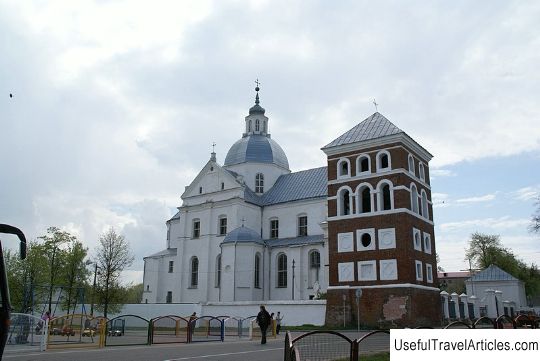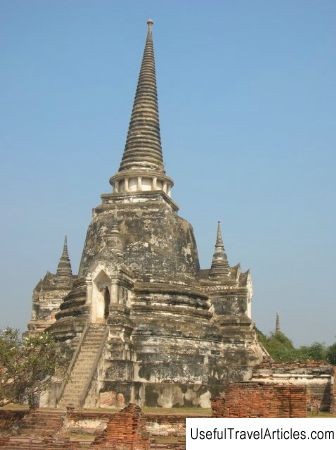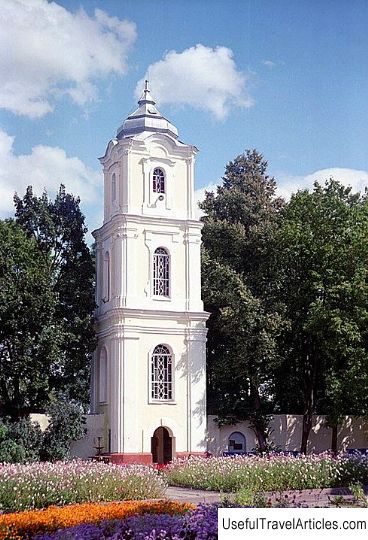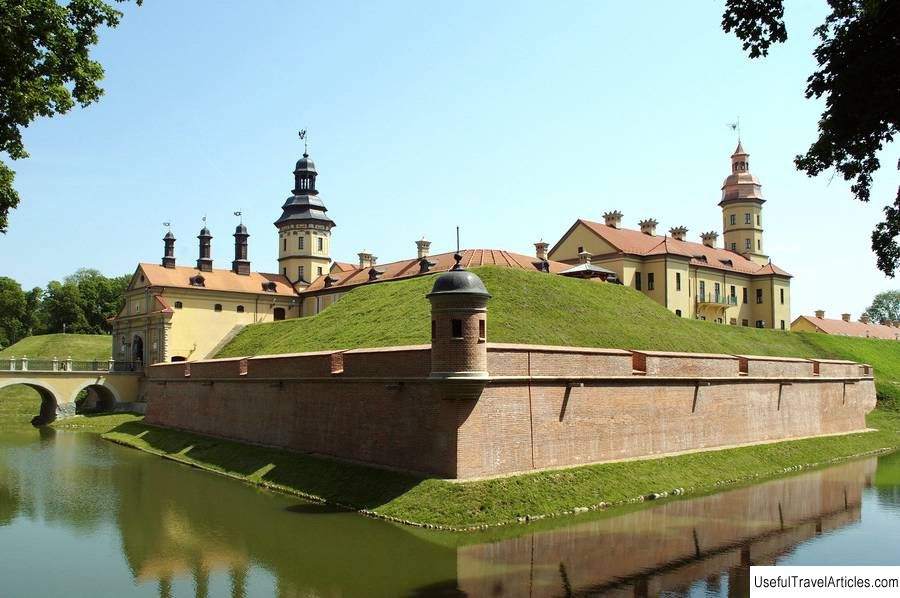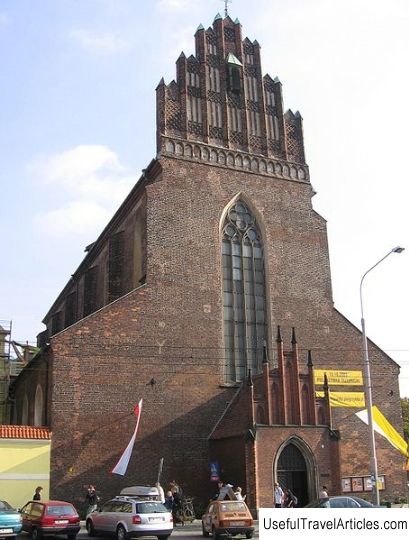Farny Church of Corpus Christi, description and photos - Belarus: Nesvizh
Rating: 7,5/10 (100 votes) 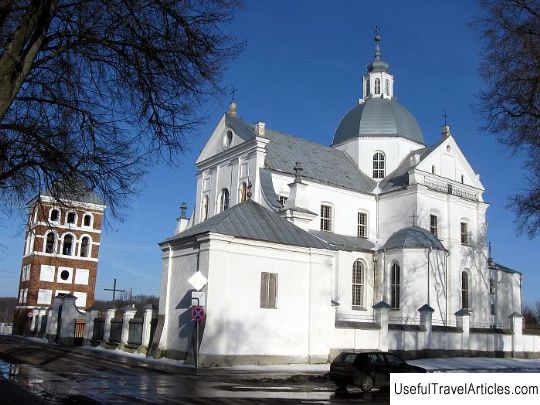
The Farny Corpus Christi church description and photo - Belarus: Nesvizh. Detailed information about the attraction. Description, photos and a map showing the nearest significant objects. Photo and descriptionThe Farny Church of the Corpus Christi was built in the town of Nesvizh on the initiative and at the expense of the owner of the Nesvizh castle, Peter Kishka, in 1510. It was consecrated in honor of the descent of the Holy Spirit. In 1555, Nikolai Radziwill Cherny, who converted to the Calvinist faith, handed the church over to his fellow believers. But already in 1584, Jesuit monks arrived in Nesvizh at the invitation of the new owner Mikolai Krishtof Radziwill Orphan, who fanatically fought for the Catholic faith. Jesuit monks rebuilt the wooden church into a brick one, having built a brick factory nearby for convenience. For the construction of the new church, the Italian architect Jan Bernardoni was invited, who proposed to build a copy of the Roman church Il Gesu. The construction of the church and the collegium was completed only in 1594. In 1773 the Jesuit order was liquidated, and the magnificent church became a parish church. The most famous part of the Farny Church in Nesvizh is the crypt. In order to lay it down, Nikolai Kryshtof Radziwill Sirotka specially traveled to Rome to get permission for the family tomb. He received this honor along with the French kings and the Austrian kings. Nikolai Sirotka traveled a lot around the world and brought from Egypt the ancient art of embalming bodies. Therefore, all the bodies in the crypt have been perfectly preserved to this day. The secret of embalming was lost back in the 19th century, however, after Stalin's death, some mysterious research took place in the crypt. Apparently, Soviet scientists were looking for a way to reliably embalm the body of the leader. The last burial in the crypt took place in 1936,        We also recommend reading Nature reserve ”North of Mshinsky swamp” description and photo - Russia - Leningrad region: Gatchinsky district Topic: Farny Church of Corpus Christi, description and photos - Belarus: Nesvizh. |
